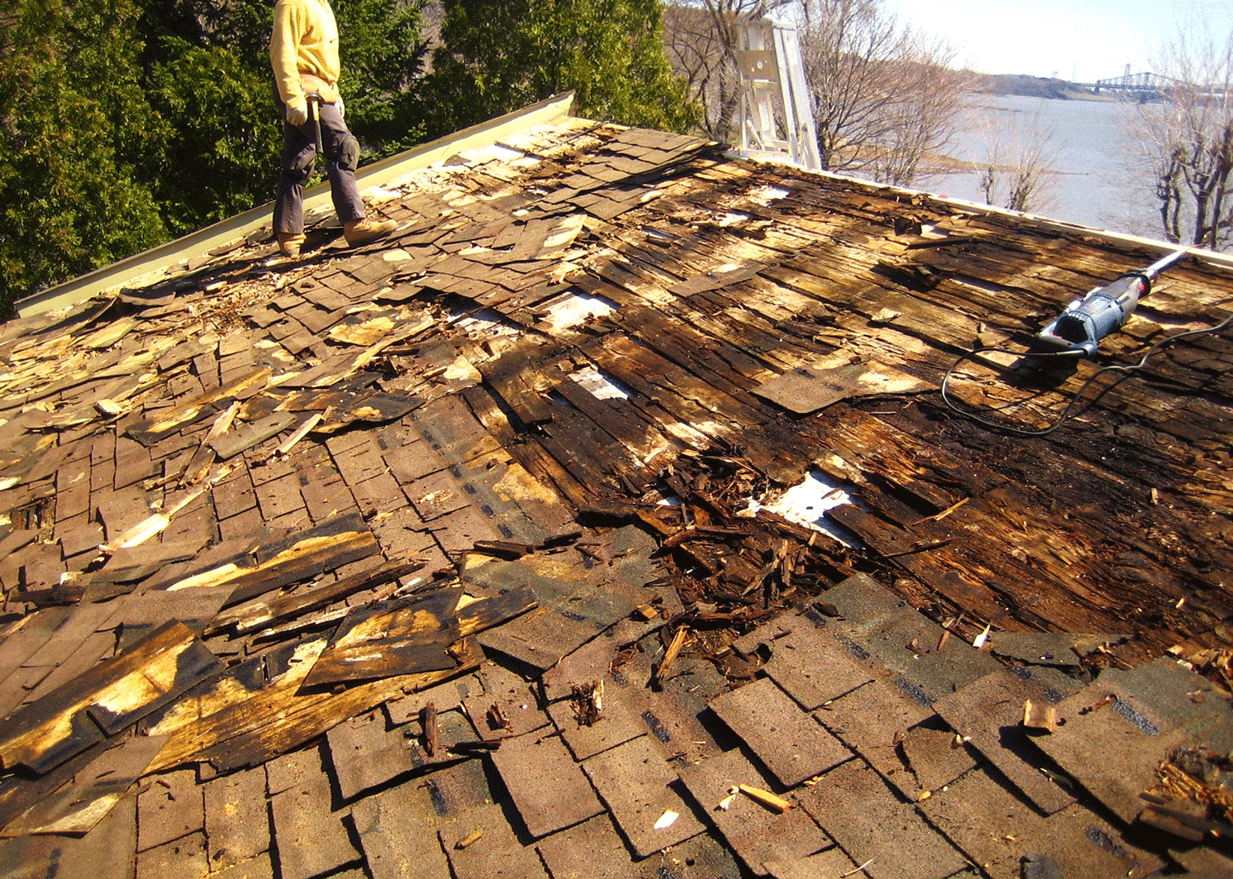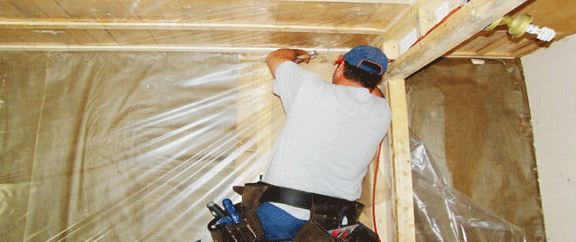Avoiding Condensation Problems in Your Attic
Why Is There Condensation in My Attic?
How to Tell if There Is Condensation in My Attic?
Here are a few signs that may help you determine if there you have attic condensation problems:
Mold or Mildew on the roof deck, roof structure, insulation or anywhere else in the attic.
Dark stains on the roof deck, roof structure, insulation or anywhere else in the attic.
Rust on the nails or anchor plates on the roof deck or roof trusses.
Wet or damp odors inside the attic space. I strongly recommend pushing the research a little further to find where these odors are coming from if this is a sign you discover.
Wet, damp, or damaged insulation, wood, and roof sheathing.
Keep in mind that these signs can vary depending on the source of the problem. Also, these signs are usually easier to find in non-vented sections or areas having restricted ventilation and shady sides of the roof.
Why Is There Condensation in My Attic?
- Insufficient or no attic ventilation is a major factor to the formation of condensation in the attic space. Heat and moisture always finds a way into the attic space and there is no proper air movement to dilute the moisture into cold fresh air before it is evacuated outdoors, the moisture will condense on a cold surface.
- Absence of or unsealed vapour barrier in the ceiling composition of your home is a major concern to attic condensation problems as there is nothing to stop the migration of moisture from inside to the home to the attic space. Examples of unsealed vapour barrier locations are that of the joints themselves during construction, pot light openings or even bathroom fan openings.
- Absence or insufficient insulation in the ceiling composition of your home is another major concern to attic condensation problems as this allows easy heat/moisture infiltrations into the attic. It can create thermal bridges between both the attic and ceiling composition, leading to condensation and water damages.
- Bathroom fan exhausts located in the soffits is an installation that is extremely NOT recommended. A bathroom fan exhaust discharges excessive amounts of heat and moisture and when located in the soffits, (supposed to be a fresh air intake for your attic ventilation) this same air is drawn back into the attic and may cause severe condensation issues.
- Leaks in HVAC and uninsulated ductwork when located in the attic space can release considerable amounts of hot/humid treated air that may give rise to condensation problems in the attic.
- Plumbing vent pipes that aren’t pulled through the roof to the outdoors can release moisture in the attic.
- Chimneys, whether functional or blocked off may have an effect on condensation problems. For functional chimneys, if not properly insulated, can release excessive amounts of heat into the attic space. Old chimneys that are supposedly blocked off, if not properly capped and sealed shut, can turn into a direct opening giving into the living space of a home, consequently becoming a highway for heat and moisture to migrate into the attic space.
- Skylights, if poorly designed structurally, can lead to the creation of condensation or even heat and moisture infiltration into the attic.
- Attic access hatch, when poorly insulated or non-sealed can become a migrating source of warm and humid air into the attic.
How to Fix Moisture Issues in My Attic?
The first step to fixing a moisture issue in an attic space is to assess the problem itself. The issue can sometimes be caused by one or multiple factors described above.
Keep in mind that to avoid having excess moisture problems in your attic, you want to eliminate the possible sources of incoming heat and moisture so that your attic is sealed in the most airtight manner from your living space. You also want to have proper ceiling insulation (refer to your local building codes for minimum R factor requirements) and have proper attic ventilation.
Having proper attic ventilation, performed by active type ventilators, is the most important aspect to consider when eliminating excess humidity in an attic. Evacuating the moisture before it has a chance to condense puts an end to possible condensation problems that can occur in the attic.
If these three main rules are followed, excess moisture should be reduced into the attic space and the remainder that passes through should be properly vented outdoors. Feel free to contact us for more information on attic ventilation.
Technical and development Director at Ventilation Maximum






